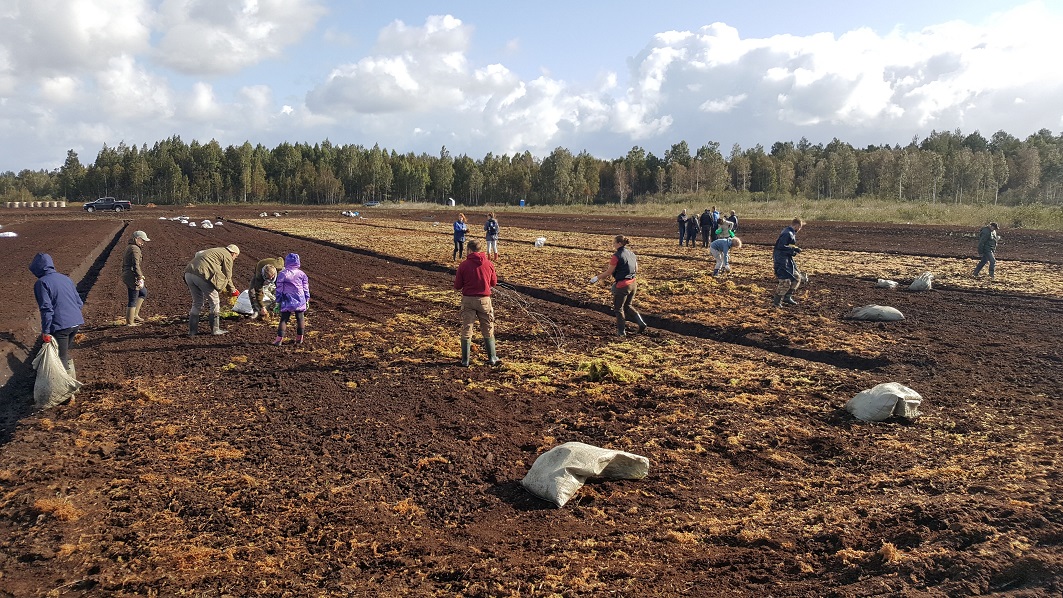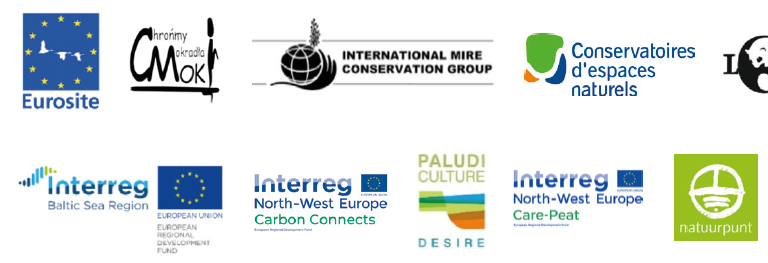A consortium of 23 organisations have recently published a Policy Brief calling on the preservation and improved management of peatlands in the EU’s post-2020 Common Agricultural Policy (CAP). According to the paper, “To facilitate the new environmental ambitions of the Post-2020 Common Agricultural Policy and to create coherence between agricultural and climate policies, CAP must safeguard and stimulate the preservation of carbon-rich soils through protection of peatlands.”
The paper seeks to achieve three key goals: 1) guaranteed eligibility of farmed wet peatlands for CAP payments; 2) phasing out CAP payments for drained peatlands; and 3) establishment of results-based agricultural payment schemes remunerating ecosystem service provision as low greenhouse gas emissions from peatlands.

What exactly is the CAP?
The common agricultural policy is the policy framework under which all farmers from EU countries operates; setting out a range of requirements for farming, environmental and rural development activities. Beneficiaries of CAP subsidies must comply with a range of laws to receive the subsidies in full. As the subsidies represent a significant proportion of farmers’ income, the policy has considerable impact on agricultural land use and intensity.
Under its current form, the CAP has contributed to the ‘intensification of agricultural production, including increasing inputs of fertilizers and pesticides, reduction in diversity of crops, with negative impacts on soil, biodiversity and water’. Recent reforms have attempted to improve alignment of environmental concerns with agricultural activities; the so called “greening” of the policy. However, such efforts were considered by most experts as insufficient, with only minimal benefits to conservation.
The latest legislative proposals presented in the summer of 2018 for the 2021-2027 period of CAP “aim to make the CAP more responsive to current and future challenges such as climate change or generational renewal, while continuing to support European farmers for a sustainable and competitive agricultural sector”. Indeed within the nine objectives of the future CAP, three reference directly the environment and climate: climate change action; environmental care; and to preserve landscapes and biodiversity.
So, how can the future CAP best achieve its ambitious aims, without repeating past mistakes? First of all, the CAP framework is still a suitable tool to achieve the aspirations of the legislative proposals. However, contradictions between agricultural and climate policies that lead to counterproductive situations, like financially rewarding farmers who cultivate on drained peatlands, must be immediately ceased. In definitive, in order to accomplish actual and meaningful positive impact for the environment, EU legislators should follow the recommendations from the consortium’s policy brief.

Peatlands’ role – the problem and the solution
According to the paper, peatlands “are the most space efficient long-term carbon store and sink in our planet’s biosphere”. They possess the unique capacity to store significant amounts of carbon for indefinite time, in its natural state; or to become a significant source of greenhouse gas (GHG) emissions when degraded.
Peatlands occur in almost all EU Member States. They are however most present in north-western, Nordic and eastern European countries. Four of the five countries LIFE Peat Restore operates on are among the largest peatland emitters in the EU – Germany, Poland, Latvia and Lithuania – as well as others: Finland, United Kingdom, Ireland, Romania, Sweden, and the Netherlands.
“Globally the EU is the second largest emitter of greenhouse gases (GHG) from drained peatlands (220 Mt CO2eq/year = 15% of total global peatland emissions). This is equivalent to circa 5% of the official EU greenhouse gas emissions total of 4,483 Mt CO2eq/year in 2017. In most of these countries, drained peatlands contribute to more than 25 % of total emissions from agriculture and agricultural land use”.
Recommendations from the Policy Brief to improve CAP
It is widely accepted that peatland emissions are most effectively mitigated through restoration, by raising the water levels of drained peatlands. However, for those areas where we want to continue productive land use on peatlands, a paradigm shift is required. Indeed the policy paper “demonstrates how wisely adjusted peatland management can achieve low-emission goals with further benefits for farmers, the economy, society and the environment”. Paludiculture represents this shift, as it “is defined as productive land use of wet peatlands that stops subsidence and minimises emissions”. (For a more detailed explanation, check this page out)
The Brief promotes further essential changes that can finally allow the CAP to be effectively sustainable, as well as capable of supporting EU countries to reach their climate reduction goals by 2030: Guaranteeing eligibility of farmed wet peatlands for 1st and 2nd CAP pillar payments; Phasing-out CAP funding for drained peatlands; Remunerating ecosystem services with results-based agricultural payment schemes; Applying and refining existing instruments, among others. The entire policy brief, including recommendations, is available here.
Further links
Peatland protection and restoration is gaining momentum in the global Climate Protection discussion


